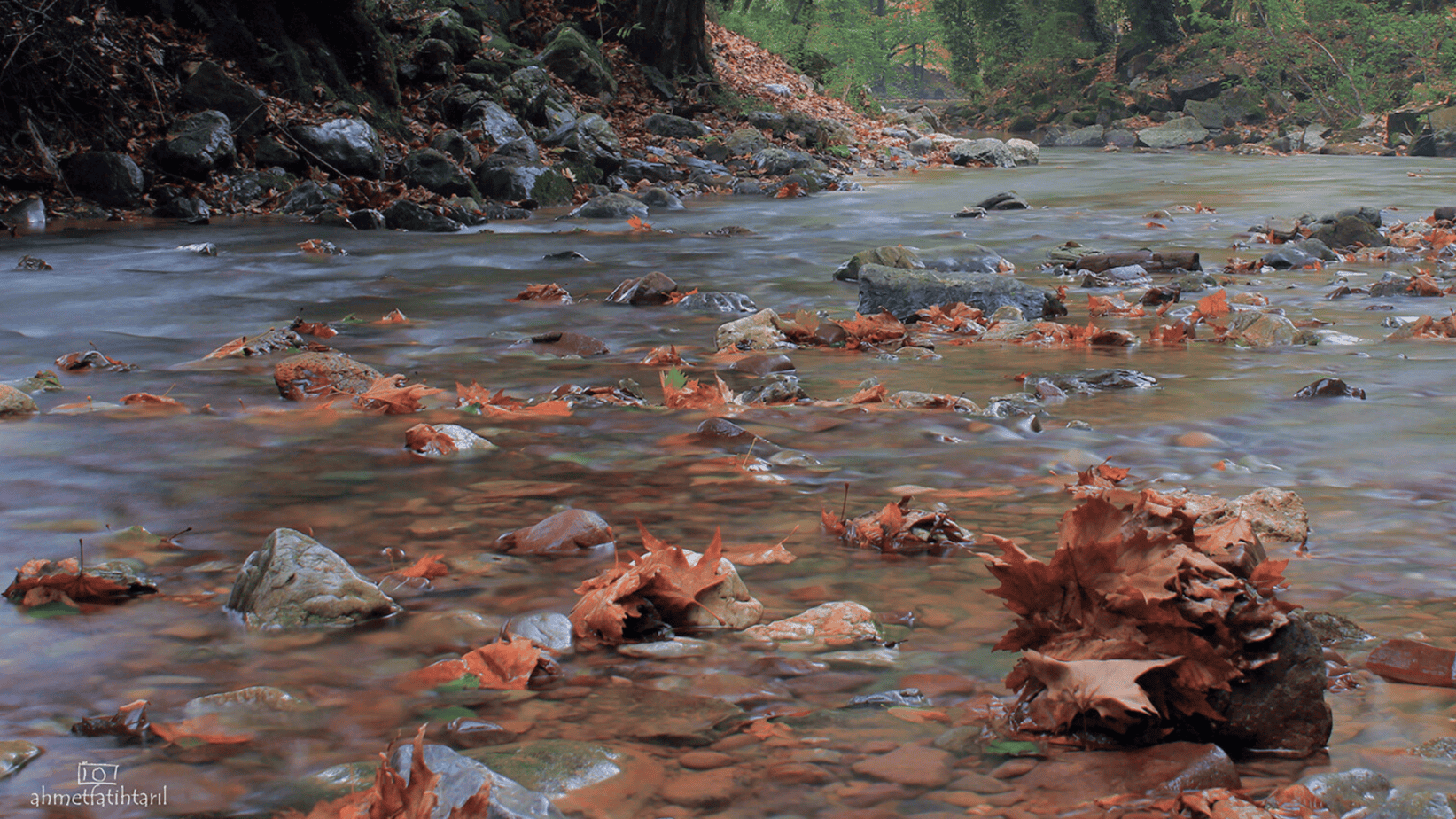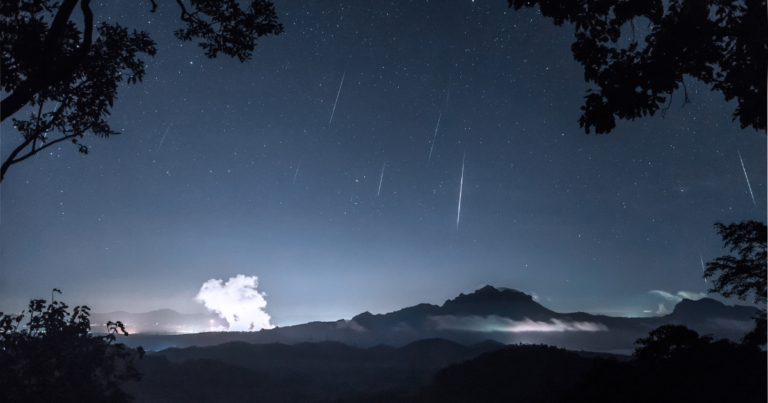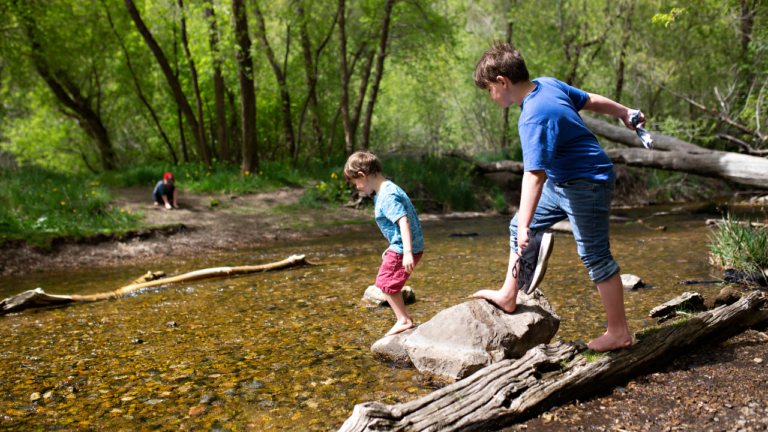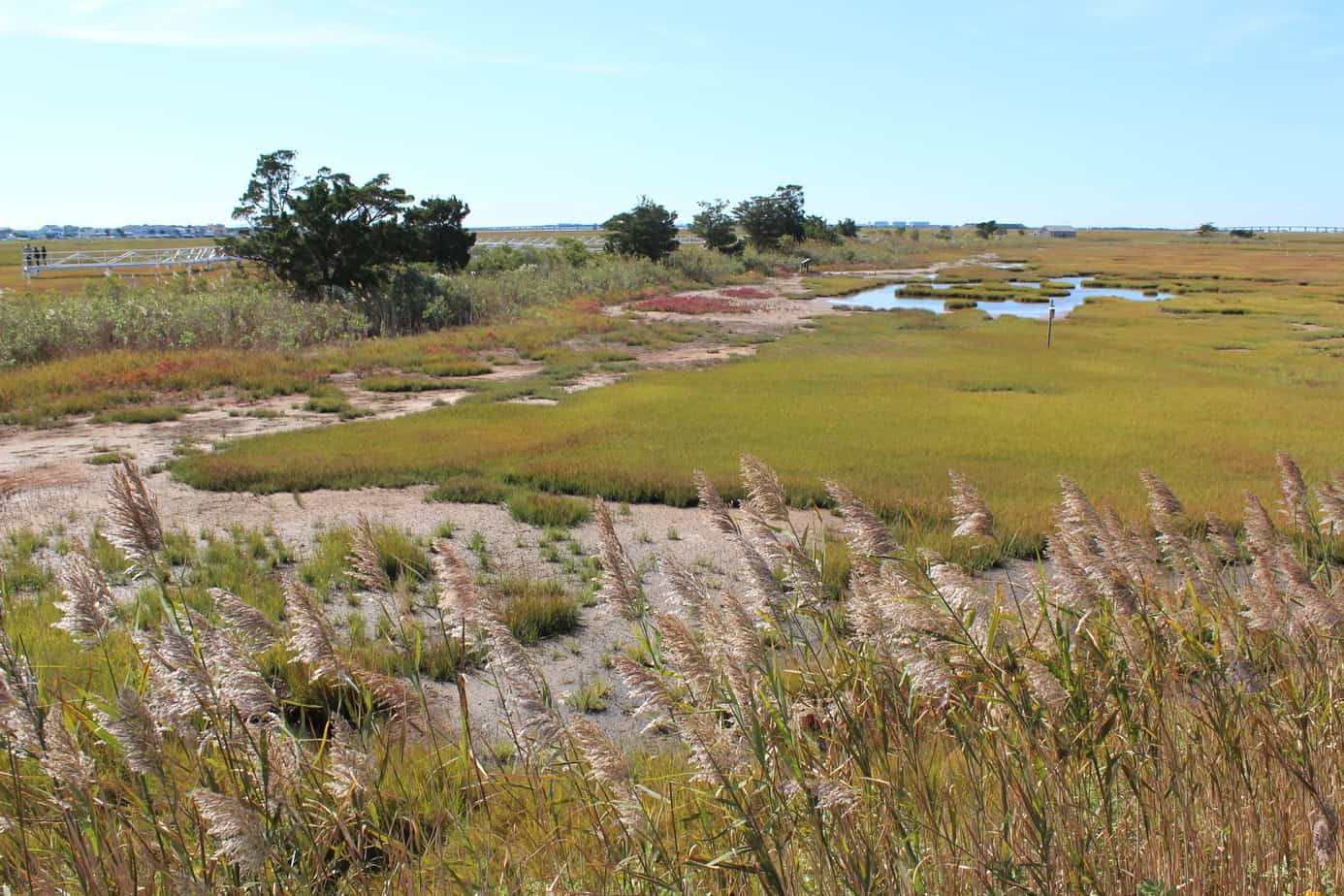How to Overcome the Challenges of Experimenting in Nature
In science, when you want to understand how something works, you often want to do what is called a controlled experiment. This means you change one specific thing (called a variable) and keep everything else the same to see how that one change affects the outcome. However, conducting controlled experiments in nature isn’t as simple as it might be in a lab. In nature, there are countless variables that are difficult—if not impossible—to control. Let’s explore two examples of the challenges of experimenting in nature and how to overcome them as best as possible.
Example 1: Leaf Packs in a Stream
Imagine you want to study how leaves decompose in a stream. You decide to place leaf packs (bundles of leaves in a mesh bag) in two different locations along the same stream. One spot is sunny, while the other is shady. The goal is to test if the amount of sunlight affects how quickly the leaves break down.
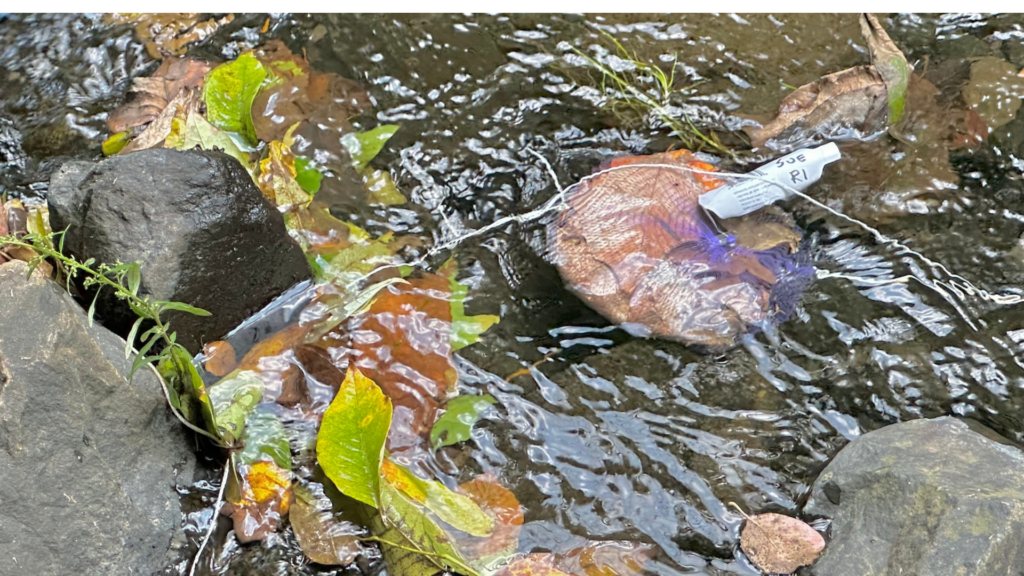
Challenges of Experimenting
While this seems straightforward, there are many factors in nature that you can’t control. For example, one part of the stream may have faster-moving water, which has more oxygen, while another area may have slower-moving water that has less oxygen. Macroinvertebrates, insects and fish may prefer one location over the other, affecting how quickly the leaves get eaten. The temperature of the water can also vary, depending on the time of day or the presence of natural springs. Even the type of soil and rocks at the bottom of the stream, which could be sandy, muddy, or rocky, can make a difference in how the leaves break down. Factors like organic matter in the water, which might introduce bacteria or fungi, further complicate things. With so many variables, it’s hard to say for sure that sunlight alone is causing the differences in leaf decomposition.
Ways to Overcome The Challenges
So what can you do? Well, first off, think through all of the possible variables so you can set up an experiment that is better controlled. For example, you might choose faster-moving water for both the sunny and the shady spot. Try to place the leaf packs close to one another so the soil and organic matter in the water is similar. Test the temperature to see if it is actually different. It might not be since the water is moving along from one location to another so quickly.
Once you have controlled as many variable as you can, go ahead and do the experiment. Did you see a difference? Did you notice other possible things to control? Repeat the experiment as needed to refine it.
Example 2: Observing Squirrel Behavior
Another type of challenge to overcome in nature experiments is when you are studying animal behavior. Let’s say you want to study how squirrels gather and store nuts of different sizes. The experiment is simple: place two types of nuts—large and small—at a center point in a park and observe which ones the squirrels choose to bury for later. However, even this simple experiment faces challenges.
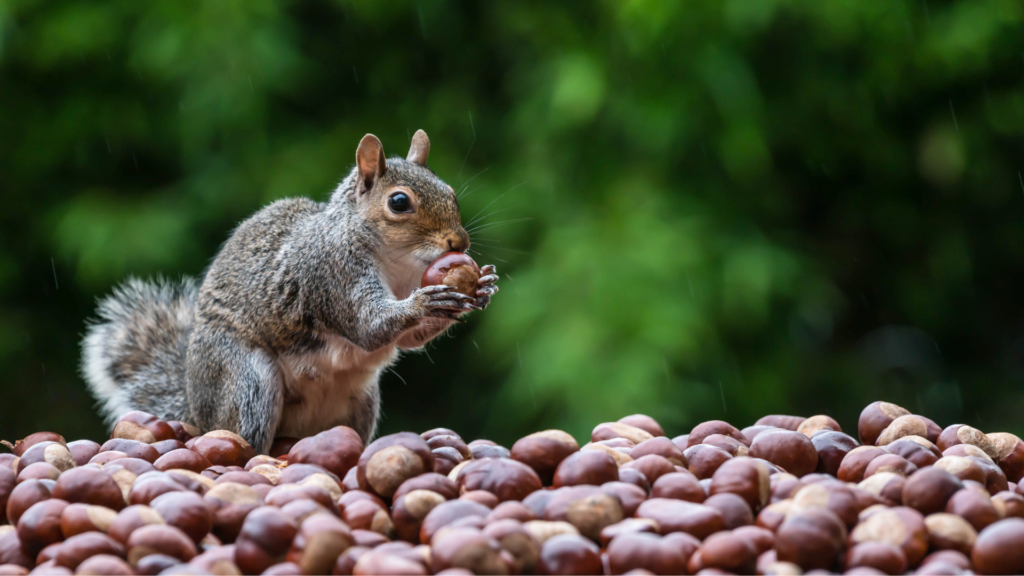
Challenges of Experimenting
Squirrels are affected by many things in their environment. The time of year, for example, plays a big role. In the fall, when squirrels are preparing for winter, they might be more aggressive in gathering nuts than in the spring or summer. Different parts of the park might have varying levels of human activity. Some squirrels may feel comfortable foraging near people, while others might avoid those areas. Natural features like trees, bushes, and soil conditions can also affect the experiment. Squirrels might prefer to bury nuts in softer soil, while harder, compacted ground could discourage them. Other animals, like raccoons or chipmunks, could interfere by stealing nuts before the squirrels get to them. All of these variables make it difficult to determine whether squirrels truly prefer one size of nut over the other.
Ways to Overcome the Challenges
In this case, narrowing the focus of your experiment might help control more of the variables. Decide that you only want to see what their foraging behavior looks like in the fall. Minimize human interference by picking a quiet time of day or a part of a large park where fewer people visit. Only observe squirrels in one location so that they have the same types of soil and landscape. Test out locations so you can find one that isn’t overrun by other nut-loving animals. Although not perfect, you can at least get a general idea if the squirrels in the area you chose prefer large nuts vs. small ones.
Conclusion
Conducting controlled experiments in nature presents unique challenges that you must navigate. Unlike in a lab, nature is unpredictable and full of surprises. Factors like water flow, temperature, soil conditions, human activity, and other animals can all influence the outcome of an experiment in ways that are difficult to control.
Even with these challenges, though, experiments in nature are crucial for helping us understand how the real world works. You just have to be aware of the challenges of experimenting in nature and do your best to account for them as you seek answers to important questions about our natural environment.
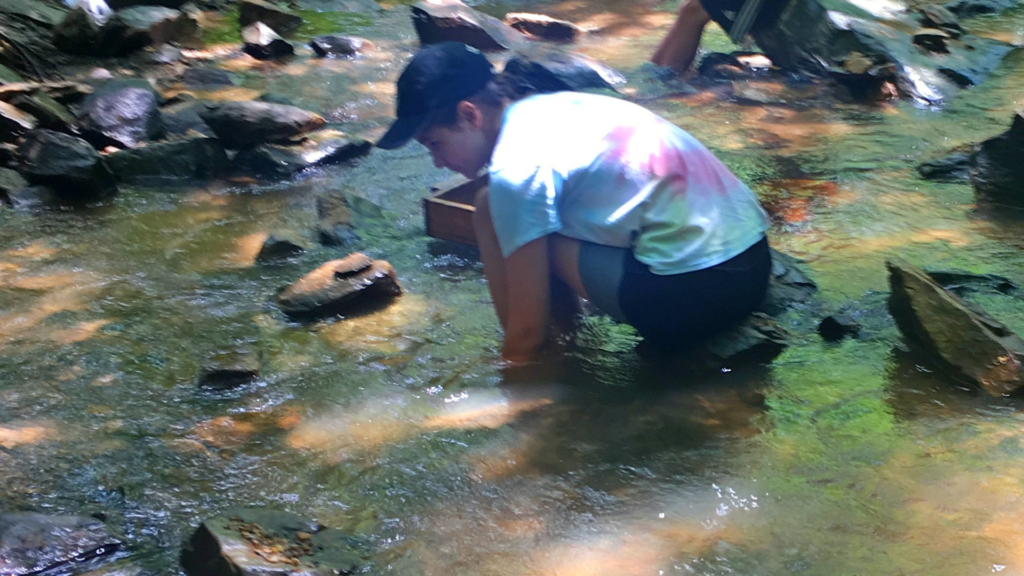
Interested in learning more about stream life? Read up about Mighty Macroinvertebrates: How To Monitor Stream Health Near You!
Want to try out a controlled experiment in nature? Our module, Stream I: Leaf Packs, in our Field Trip Science Membership guides you on how to set one up. Check us out!


